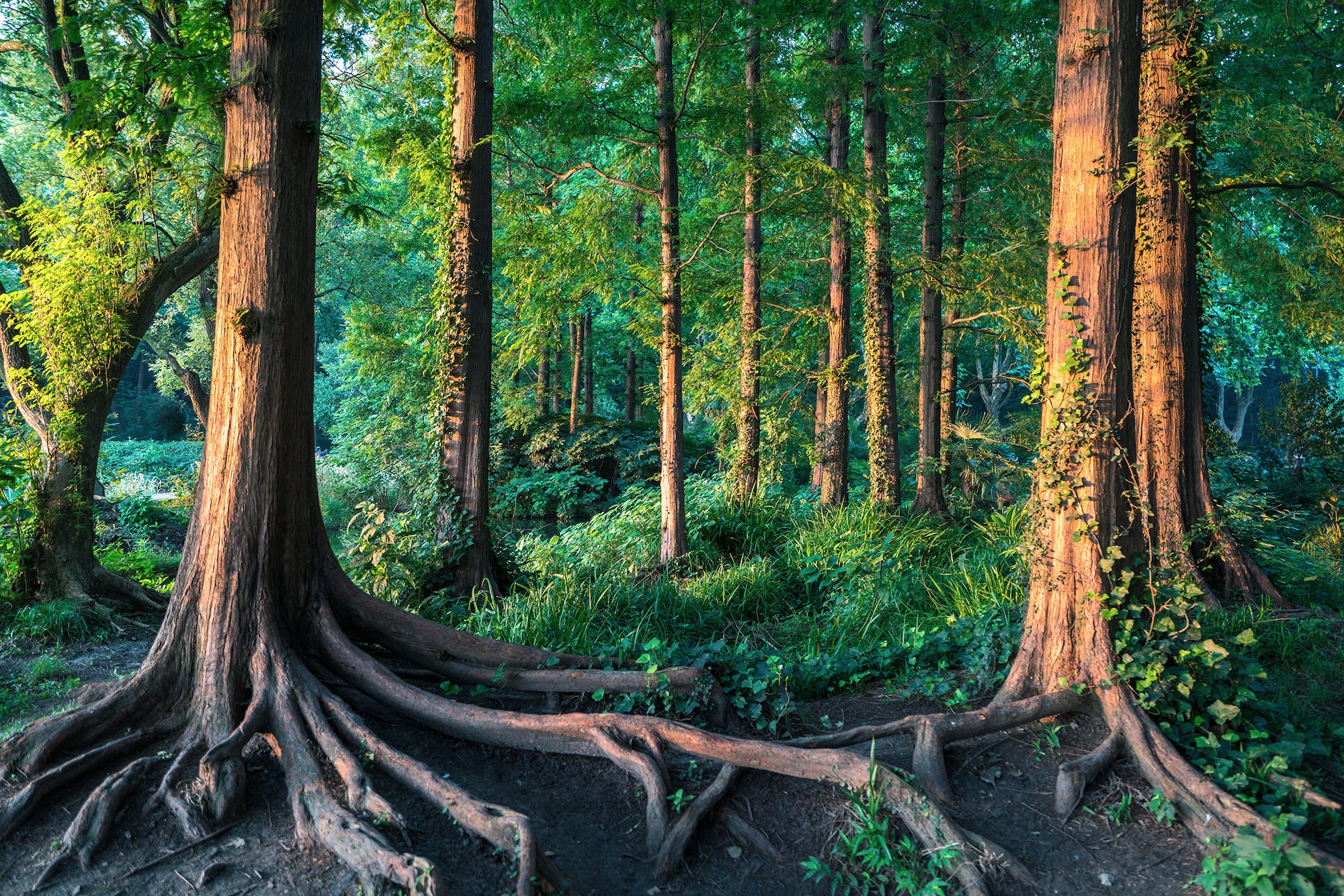Trees are often referred to as the "lungs of the Earth" due to their significant contribution to oxygen production. Through the process of photosynthesis, trees play a vital role in converting carbon dioxide into oxygen, thereby sustaining life on our planet. In this article, we will explore the remarkable ability of trees to generate oxygen and the importance of their conservation for maintaining a healthy atmosphere.
1-Photosynthesis and Oxygen Release: Photosynthesis is the biochemical process through which trees and other green plants convert sunlight, carbon dioxide, and water into glucose and oxygen. The chlorophyll in tree leaves captures sunlight energy, which is then used to convert carbon dioxide from the air and water from the roots into glucose. As a byproduct, oxygen is released into the atmosphere. In fact, a large portion of the Earth's oxygen supply is generated through this process.
2-Forests and Oxygen Balance: Forests, with their dense concentration of trees, are significant contributors to oxygen production. They cover vast areas and contain a diverse range of tree species, collectively working to generate substantial amounts of oxygen. Forests help maintain the balance between oxygen and carbon dioxide levels in the atmosphere, mitigating the effects of greenhouse gases and promoting a healthier environment for all living organisms.
3-Human Dependence on Tree Oxygen: Oxygen is essential for the survival of all living beings, including humans. We rely on the oxygen produced by trees and other photosynthetic organisms for respiration. Inhaling oxygen allows our cells to produce energy and carry out vital functions. Therefore, the preservation and expansion of tree cover are crucial for ensuring a continuous supply of oxygen necessary for human health and well-being.
4-Deforestation and Oxygen Depletion: The loss of trees through deforestation poses a significant threat to oxygen levels. When forests are cleared for agriculture, urbanization, or logging, the capacity of an area to produce oxygen is greatly diminished. Additionally, deforestation leads to an increase in carbon dioxide levels, contributing to climate change. Protecting existing forests and reforestation efforts are essential for combating oxygen depletion and mitigating the impacts of climate change.
** Conclusion:
Trees are integral to the production of oxygen, playing a vital role in maintaining a healthy atmosphere and supporting life on Earth. Through photosynthesis, trees convert carbon dioxide into oxygen, making them indispensable for the survival of humans and countless other species. It is crucial to recognize the importance of preserving existing forests, promoting afforestation, and adopting sustainable practices to ensure a continuous supply of oxygen and a sustainable future for our planet.- #Tree_O2_life




No comments:
Post a Comment